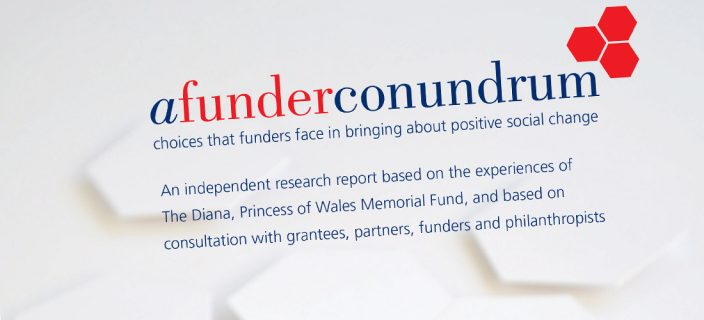Living Logframes: DP Evaluation created the Living Logframe to respond to the monitoring needs of large projects that need a high degree of coordination, accountability and reporting. It is not rocket science but it is a handy way to keep track of quantitative measures from many sources over time so that funders with complex reporting requirements (such as the EC) can be satisfied. The Living Logframe uses the original Logframe of the project as its basis. It usually takes the form of a large excel spreadsheet that sits on a shared platform such as BOX. We have evaluated several EC-funded DEAR projects successfully with the help of a Living Logframe and tailored trackers, complemented by the qualitative methodology of Outcome Harvesting.
It was very good to have the Living Logframe for reporting purposes, especially given the responsibility that we carry as lead partner.” Mirjam Haegele, Make Fruit Fair International Coordinator, Oxfam Deutschland
Outcome Harvesting: Outcome Harvesting is an ideal method for evaluating advocacy projects which happen in a dynamic external environment and which had no outcome indicators set or for which it was not possible to foresee realistic outcomes at the planning stage (advocacy work is seldom linear). So as you go along or at the end of a project we ask more or less six questions: Who changed what, when and where, how did your intervention influence that change and what is the evidence? Then we can also ask about the significance of that change and other contextual questions, such as who else has been working in this field and what other things have happened in the external environment that may have had an influence? Find out more about Outcome Harvesting from here.
A Funder Conundrum: This is a resource DP Evaluation developed as a result of our final evaluation of the Diana, Princess of Wales Memorial Fund. Before spending out the Fund commissioned us to conduct a Fund-wide evaluation and draw out the learning as part of its legacy. We produced a host of tools for use by other funders to really understand their own “personality” and preferred ways of funding. There are many difficult questions a funder needs to answer, as Bill Gates said “it is easy to make money, harder to know how to give it away.” The tools and the final report are on this blog.
We hope that A Funder Conundrum is a thoughtful contribution to debates about the role of funders, particularly in the light of the current economic difficulties and persistent social problems both in the UK and around the world, and crucially that it provides useful learning for others working to achieve positive improvements in society.” Astrid Bonfield, Chief Executive, The Diana, Princess of Wales Memorial Fund
Depending on client needs and funder requirements we also deliver the work through Results Frameworks, Kellogg’s Logic Model and Appreciative Enquiry approach.
